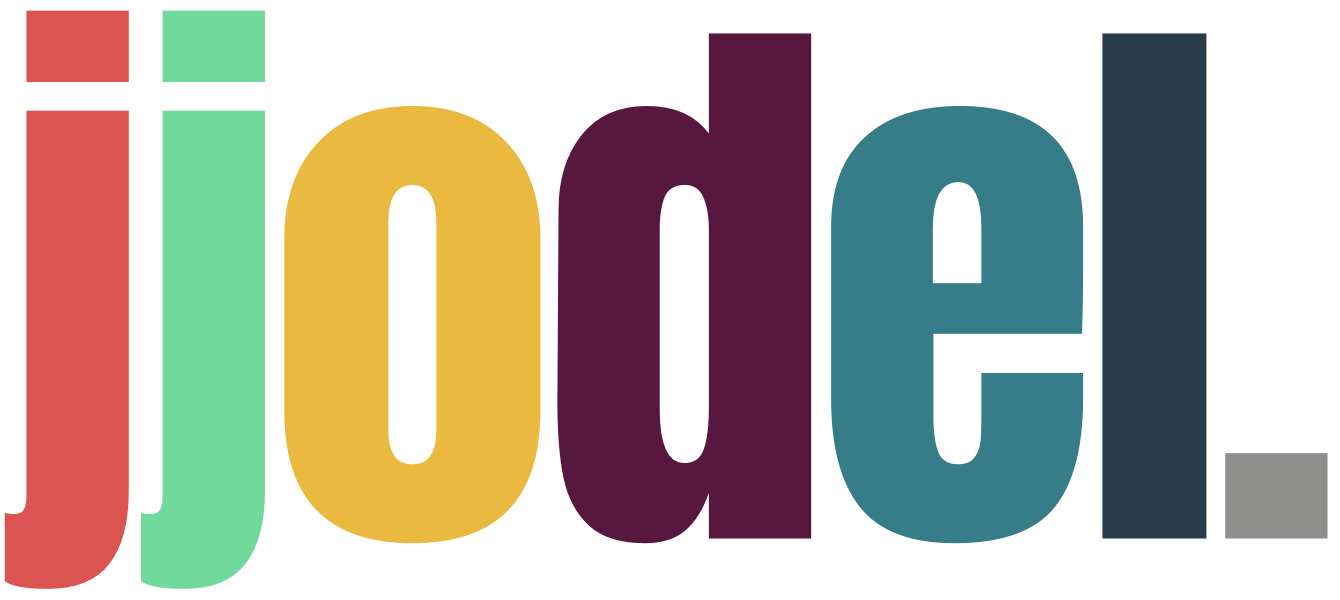Glossary
- Abstract Syntax
- Abstraction
- Behavioral Modeling
- Blended Modeling
- Code Generation
- Concrete Syntax
- Constraints
- Domain-Specific Language (DSL)
- EMF/Ecore
- Executable Model
- Executable UML (xUML)
- Flexible Modeling
- Metamodel
- Meta Object Facility (MOF)
- Metamodeling Language
- Model-Driven Architecture (MDA)
- Model Transformation
- Model Validation
- Model Simulation
- Multi-view Modeling
- Platform-Independent Model (PIM)
- Platform-Specific Model (PSM)
- Positional Notation
- Projectional Editing
- Refactoring
- Refinement
- Round-Trip Engineering
- Syntactic Sugar
- Topological Notation
- Traceability
- Transformation Language
- Unified Modeling Language (UML)
- Viewpoint
- Workbench
- Team & Partners
- Video Tutorials
- Privacy Policy
- Cookie Policy
- Single Page (eg Policy)
- Teaching
- User Guide
- Cloud & Reactiveness
- What’s new
- Higher Visual Capabilities
- Real-time Collaboration
- LSP/GLSP vs. Jjodel
- EMF vs. Jjolde
- Jjodel Cookbool
- Co-Evolution Capabilities in Jjodel, EMF/Sirius, and MetaEdit+
- Where Jjodel is adopted?
- Student Survey
- Roadmap
- JSX for Model Navigation
- Abstract Syntax
- Abstraction
- Behavioral Modeling
- Blended Modeling
- Code Generation
- Concrete Syntax
- Constraints
- Domain-Specific Language (DSL)
- EMF/Ecore
- Executable Model
- Executable UML (xUML)
- Flexible Modeling
- Metamodel
- Meta Object Facility (MOF)
- Metamodeling Language
- Model-Driven Architecture (MDA)
- Model Transformation
- Model Validation
- Model Simulation
- Multi-view Modeling
- Platform-Independent Model (PIM)
- Platform-Specific Model (PSM)
- Positional Notation
- Projectional Editing
- Refactoring
- Refinement
- Round-Trip Engineering
- Syntactic Sugar
- Topological Notation
- Traceability
- Transformation Language
- Unified Modeling Language (UML)
- Viewpoint
- Workbench
- Team & Partners
- Video Tutorials
- Privacy Policy
- Cookie Policy
- Single Page (eg Policy)
- Teaching
- User Guide
- Cloud & Reactiveness
- What’s new
- Higher Visual Capabilities
- Real-time Collaboration
- LSP/GLSP vs. Jjodel
- EMF vs. Jjolde
- Jjodel Cookbool
- Co-Evolution Capabilities in Jjodel, EMF/Sirius, and MetaEdit+
- Where Jjodel is adopted?
- Student Survey
- Roadmap
- JSX for Model Navigation
Multi-View Modeling
Multi-view modeling is an approach in Model-Driven Engineering (MDE) where different aspects or perspectives of a system are represented using multiple, interconnected models. Each view focuses on specific concerns, such as structural, behavioral, or functional aspects, providing a comprehensive understanding of the system by addressing various stakeholder needs and simplifying complexity.
Here is the abstract of the paper:
Cicchetti, A., Ciccozzi, F., & Pierantonio, A. (2019). Multi-view approaches for software and system modelling: a systematic literature review. Software and Systems Modeling, 18, 3207-3233.
https://link.springer.com/article/10.1007/s10270-018-00713-w
Abstract. Over the years, a number of approaches have been proposed on the description of systems and software in terms of multiple views represented by models. This modelling branch, so-called multi-view software and system modelling, praises a differentiated and complex scientific body of knowledge. With this study, we aimed at identifying, classifying, and evaluating existing solutions for multi-view modelling of software and systems. To this end, we conducted a systematic literature review of the existing state of the art related to the topic. More specifically, we selected and analysed 40 research studies among over 8600 entries. We defined a taxonomy for characterising solutions for multi-view modelling and applied it to the selected studies. Lastly, we analysed and discussed the data extracted from the studies. From the analysed data, we made several observations, among which: (i) there is no uniformity nor agreement in the terminology when it comes to multi-view artefact types, (ii) multi-view approaches have not been evaluated in industrial settings and (iii) there is a lack of support for semantic consistency management and the community does not appear to consider this as a priority. The study results provide an exhaustive overview of the state of the art for multi-view software and systems modelling useful for both researchers and practitioners.

